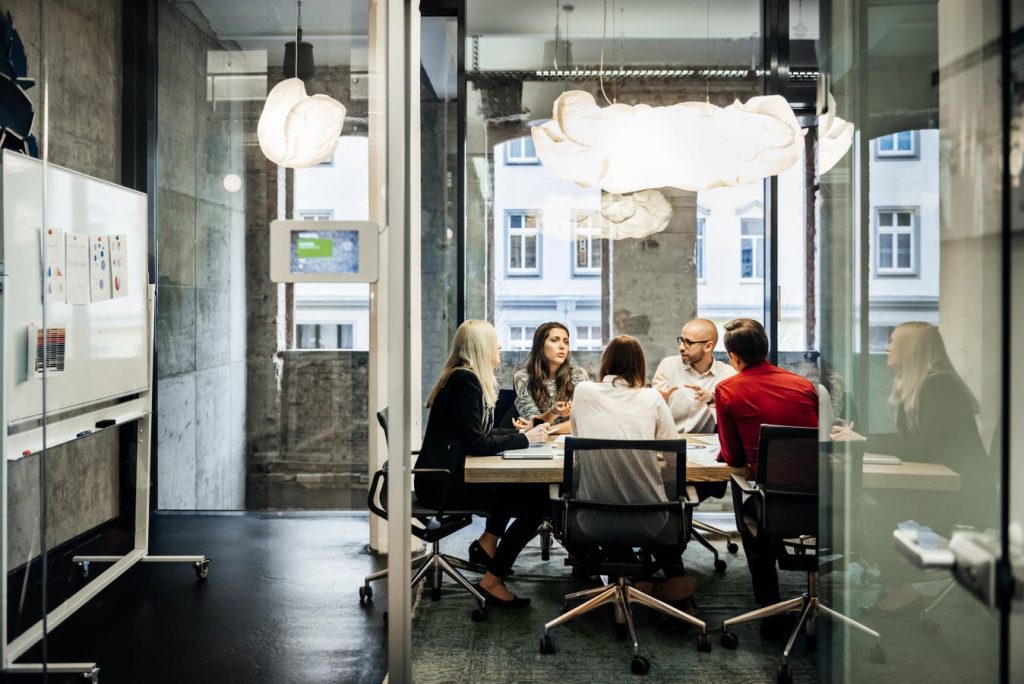Dan Boram, CEO at AURA, a design-build company focusing on workspaces for optimal team performance, sees the changing office landscape as a chance to rethink and enhance traditional workplace environments. With the rise of remote work, businesses are reevaluating the purpose of their office spaces and how they can best support the needs of employees. Instead of mandating a return to the office, Boram suggests a focus on comprehensive workplace and interior design strategies to create enticing workspaces that cater to contemporary workforce requirements.
To improve the employee experience and attract talent to the office, Boram recommends implementing innovative design strategies. One key tactic is to transform the office into a destination by embracing placemaking principles, which blend work, living, and recreational areas in a single space. By incorporating features like café-style workstations, fitness rooms, outdoor patio areas, and event spaces, offices can become vibrant hubs that support work-life balance and foster community-building. Designing multifunctional spaces allows for flexibility within the built environment, accommodating diverse employee needs and preferences.
Taking inspiration from the hospitality industry, Boram suggests that offices can create memorable experiences for employees by focusing on detail, personalized service, and atmosphere. By differentiating the workplace from remote work settings through curated experiences, businesses can engage and retain employees more effectively. Features like breakout areas, collaborative zones, wellness spaces, and biophilic design principles can enhance emotional well-being, reduce stress, and promote social interactions among coworkers. To compete with the comforts of home, offices should offer amenities, flexibility, and comfort to create inviting environments that employees are excited to visit.
Residential design principles can also inform office design decisions, as workplaces strive to provide the familiarity and comforts that employees appreciate at home. By incorporating lounge areas, comfortable seating, and kitchen-like communal spaces, offices can create a relaxed atmosphere conducive to productivity and comfort. Encouraging employees to use dedicated spaces for specific activities – such as break rooms, wellness spaces, and private conversation areas – can empower them to choose where and how they work based on their preferences and tasks. This activity-based approach can enhance employee satisfaction, productivity, and company culture.
In conclusion, Boram believes that the future of office spaces lies in creating environments that employees actively desire. By embracing design trends that prioritize flexibility, well-being, activity-based workstyles, and hybrid approaches, businesses can create workplaces that adapt to changing needs and contribute to the success and satisfaction of their workforce. Forbes Business Council offers growth opportunities and networking for business owners and leaders who qualify based on their leadership and industry experience.


